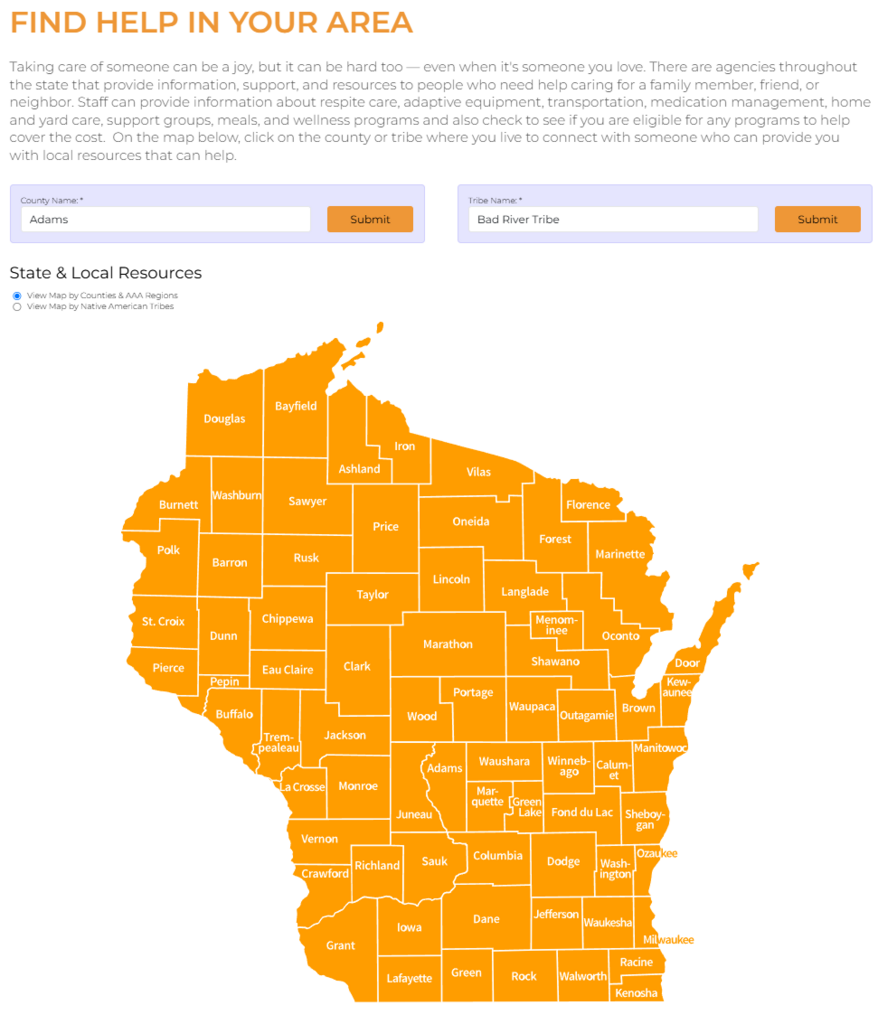For many in Generation X, the idea of staying in our own homes as we age is becoming a real consideration. Indeed, a Door County, Wisconsin, nonprofit is providing valuable resources to help make this happen.
Do Good Door County is hosting free educational sessions led by experts. These sessions focus on adapting homes for long-term living. Representatives from AARP Wisconsin and Options for Independent Living will be present. They will cover practical home modifications and the use of adaptive tools. Consequently, the aim is to empower people of all ages to maintain their independence and comfort at home.
Darrin Wasniewski from AARP will guide attendees through the AARP HomeFit Guide. He will offer insights into sensible home updates. Furthermore, Calvin Richtig of Options for Independent Living will demonstrate various assistive technologies. These technologies are designed to simplify daily tasks and enhance safety at home.
These informative sessions will be held at several locations in Door County:
Session Locations and Dates
- May 21: 10 a.m. and 2 p.m. at the Kress Pavilion, 7845 Church St., Egg Harbor
- June 27: 10 a.m. and 2 p.m. at the Sister Bay/Liberty Grove Fire Station, 2258 Mill Road, Sister Bay
- Sept. 16: 10 a.m. at the Forestville Town Hall, 7705 County Highway H
- Sept. 16: 2 p.m. at the Brussels Community Center, 1366 County Road DK
Implications for Generation X
For Generation X, many of whom are now dealing with aging parents while also thinking about their own future needs, these sessions offer a proactive approach to planning. Specifically, understanding the available resources and practical modifications can reduce future stress. Moreover, it can lead to a greater sense of control over the aging process. Ultimately, it’s about making informed choices now to ensure a comfortable and independent future at home.
Reference:
Door County Pulse. (2025, May 15). Nonprofit Hosts Aging-In-Place Resource Sessions. Retrieved from https://doorcountypulse.com/nonprofit-hosts-aging-in-place-resource-sessions/





